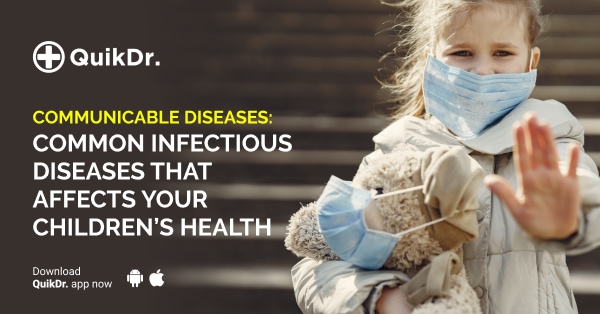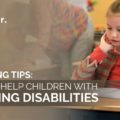As your children begin to go to school, they sometimes bring home more than just school books. Bacteria, parasites, viruses, and other communicable diseases spread quickly from child to child and end up in your home. Hence, your child is more susceptible to catching various infectious diseases.
Childhood infections are no longer a common cause of death but are one of the main reasons parents take their children to the hospitals. We are lucky enough that there are vaccines against several childhood infectious diseases.
Causes of Childhood Communicable Diseases
Communicable diseases in children are caused by microorganisms like viruses, bacteria, parasites, and fungi that spread directly or indirectly from one person to the other. Some of them are transmitted through insect bites, while others are caused due to the ingestion of contaminated food or water.
Many disease-producing bacterias, as well as viruses, are carried in the mouth, throat, nose, and respiratory tract. Diseases such as tuberculosis and influenza spread through sneezing, coughing, saliva, or mucus on unwashed hands. Insects also play an important role in the transmission of infectious diseases.
Bites from the Anopheles mosquito transmits the malaria parasites. Also, many of the diseases are caused by unsafe water, poor sanitation, and poor housing conditions.
Read– Malnutrition in Kids : How to Prevent
Types of Common Childhood Communicable Diseases
Read about the 5 common childhood communicable diseases given below.
1. Influenza
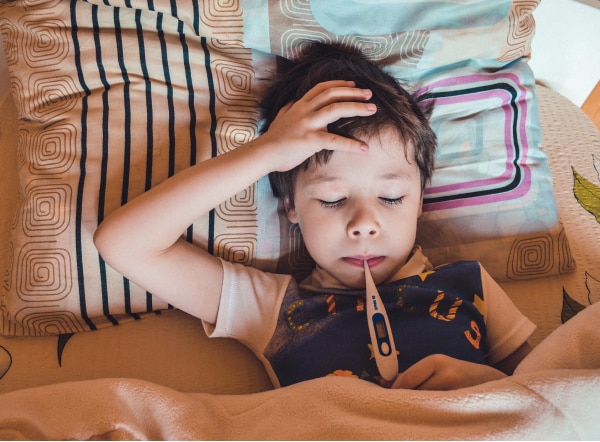
This is a highly contagious viral infection that affects the respiratory system. These viruses are generally found in the throat and nose. Children can get affected by this virus from siblings, parents, school, playmates, or caregivers. The germs usually spread through direct contact, indirect contact or air.
Direct contact includes touching, kissing, or holding the hands of an infected person. Indirect contact means touching something that has been touched by an infected person, such as toys, plates, etc. The germs have the ability to stay on the surface for many hours.
Influenza symptoms include headaches, sudden fever, chills and aches, muscle aches, loss of appetite, fatigue, dry cough, and sore throat. Newborns and babies may sometimes have no other symptoms except high fever.
Young children usually have convulsions and a temperature of over 103 degrees Fahrenheit. Stomach related problems, vomiting, and diarrhea are also common among them.
Influenza is comparably more severe in children under the age of 2 and children with certain chronic conditions such as lung, heart, or neurological problems. Consult a doctor if your kid is breathing heavily or coughing so bad that he is choking.
2. Tuberculosis (Tb)
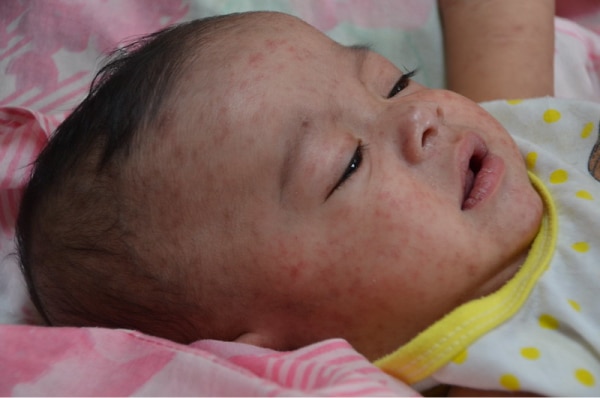
Tuberculosis is an air-borne infection caused by the bacterium Mycobacterium tuberculosis. This mainly spreads when an infected person coughs the bacteria into the air, and when a child inhales these bacteria, he becomes infected. It affects mostly the lungs and can also infect other body parts. Even though tuberculosis is infectious, it does not spread very quickly.
Tuberculosis spreads when someone with active TB disease releases germs into the air via coughing, sneezing, talking, or even laughing. But, only people who have an active pulmonary infection are contagious. Most people who breathe in the bacteria are able to fight it, and for them, the bacterium becomes inactive.
This is known as latent TB infection. Even if the bacterias are inactive, they remain alive in the body and may become active later.
Common symptoms include weight loss, fever, loss of appetite, coughing, night sweats, and fatigue.
3. Chicken Pox
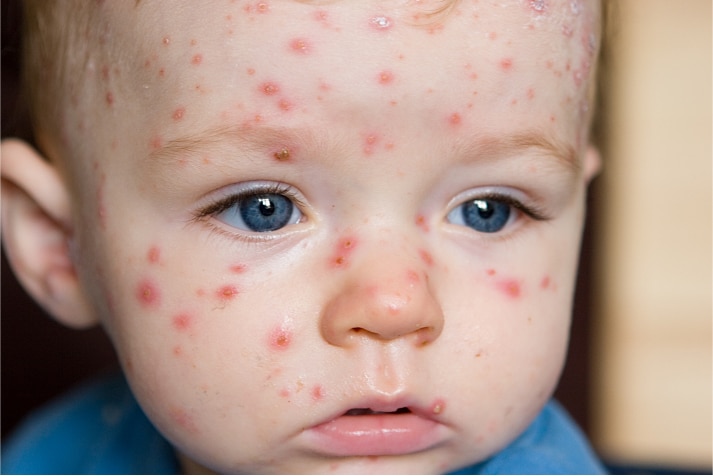
Chickenpox is a common and contagious disease caused by the varicella-zoster virus. In children, it is usually regarded as a mild and self-limiting viral illness with occasional complications. The virus causes rashes all over the body and can make a child feel unwell.
The obvious symptom of chickenpox is the telltale rash. It begins with little red spots filled with fluids and becomes itchy little bumps. Other common symptoms include fever above 100 degrees Fahrenheit, painful muscles, loss of appetite, and generally feeling unwell.
If your child is infected, ask him/her to avoid scratching as much as possible, because it increases the risk of the spots becoming infected.
Children who are very ill may need antiviral treatment for this disease. Neem leaves act as an effective antiviral herb to treat chickenpox. If you have any doubt as to whether your child needs treatment, consult a doctor to be on the safe side.
4. Ringworm
Ringworm is a skin infection caused by the fungi known as dermatophytes. These fungi appear on the skin in the form of a red ring with a clear centre, lumpy edge and scales on it. The red ring gradually becomes bigger and also causes an itching sensation. Sometimes, it also spreads to other areas.
Children most commonly get infected by this fungus through contact with infected people, contaminated objects, sharing clothes, and animals like kittens and guinea pigs.
Ringworm normally gets better when you apply antifungal cream on the infected area. This treatment might take several weeks to work. It is always advised to consult a doctor before taking any medications.
5. Measles
Being a contagious viral infection, measles causes fever as well as a distinctive rash on the body. It easily spreads through droplets from sneezing and coughing. Once exposed to this virus, it will take around 10 to 12 days for the symptoms to appear.
Beginning symptoms include fever, cough, runny nose, sore eyes, and a feeling of tiredness. After two to three days, distinctive red and blotchy rashes appear on the head and then start spreading to the other parts of the body.
Sometimes measles causes secondary infections such as ear infections, pneumonia, diarrhea, and vomiting.
Apart from these, there are many other common childhood communicable diseases, such as hepatitis, typhoid, common cold, scabies, conjunctivitis, whooping cough, etc. that affects commonly in children.
Ways to Prevent Childhood Communicable Diseases
- Frequent handwashing with soap and water.
- Avoid close contact with sick people or share personal items with them.
- Wearing a face mask while going out.
- Wash toys and other household surfaces twice in a week.
- Children should follow good manners for kids such as using a handkerchief while coughing or sneezing.
Seek the help of a doctor if you experience coughing for more than a week, have a severe headache with fever, or breathing trouble. Never take any medications without the consent of a specialized doctor. You can also consult doctors online and ask for prescriptions.



